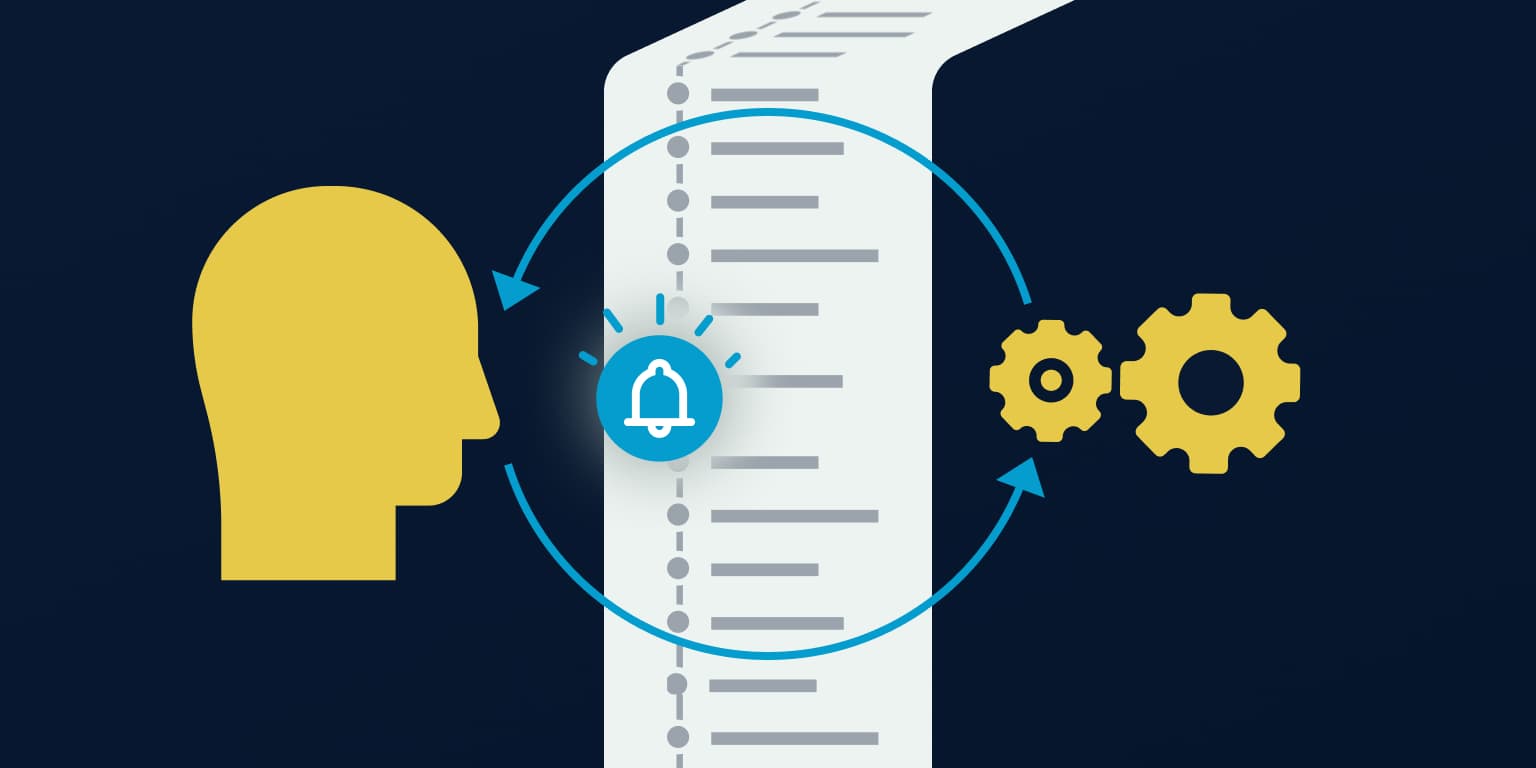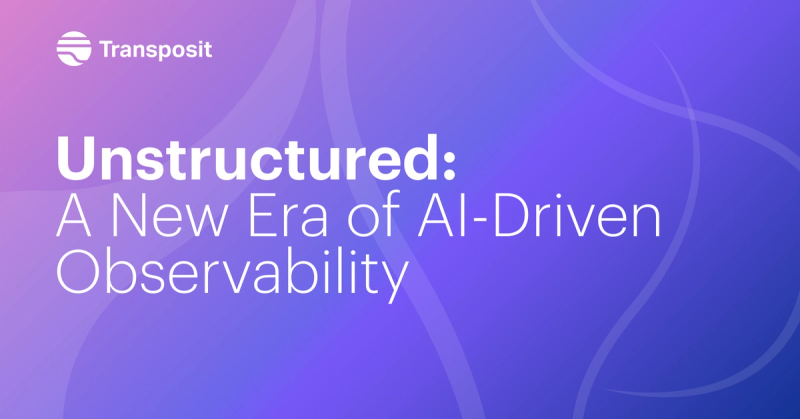Why we raised a $35m Series B
Bringing human-centric automation and data to incident management

Today we’re announcing a significant milestone in Transposit’s evolution - a $35 million Series B led by Altimeter Capital, with participation from existing investors, Sutter Hill Ventures, SignalFire, and Unusual Ventures. Altimeter Capital partner, Pauline Yang, will also be joining our board. As a notable investor in the DevOps space, we’re thrilled to have the opportunity to work with her as we expand our reach.
Our team has been heads down building for the last four years, and we’re excited to bring our vision to more organizations with the help of this additional investment. With that in mind, we wanted to share more detail on what Transposit is building, and why we’re all so excited.
Incident Management is fundamentally broken
In a world where digital experiences are often our only connection to customers, our ability to deliver services with minimal downtime or degradation is at an all-time premium. Yet, today’s incident management still relies on people to patch the gaps between scattered tools, manual processes, and haphazard communication. We rely on institutional knowledge spread out across team members and systems to keep our services up and running. Anyone working in operations today knows the challenge of navigating and communicating this information when the resolution clock is ticking.
Incidents are an unavoidable part of modern operations. Their accompanying chaos is not.
The missing link in modern operations
I’ve spent a large part of my career working on making machine data accessible to teams. We know this data is indispensable to modern engineering organizations. But for all the advances in the observability tool landscape, we’re still missing context.
To know how your team is doing, you need to understand what they are doing. Unfortunately, humans are notoriously bad at keeping track of their activities, especially during crises.
Modern approaches to collaboration have only deepened this rift by losing context to chat logs and video calls. This human data is key to building a modern reliability-focused organization that not only diagnoses and resolves issues efficiently, but learns how to prevent them in the first place.
At Transposit, we spend our time thinking about how to unify this ephemeral, unstructured, and critical human data with the machine context we need to make decisions. Human interaction is pivotal to incident response and operations, yet there is a huge gap in how we track and measure those activities. Tina, our founder and CTO, explores the question of why incident management isn’t more data-driven in her blog post today celebrating our launch, and having spent nearly a decade in the midst of the rise of big machine data at Splunk, I couldn’t agree with her more.
A human-centric approach to data
Human data is messy. Unstructured by nature, human communication lacks the rigor of structured logs and metrics. To make this data usable, we built a system that is designed to automate the capture of semi-structured data around user activity.
Transposit is a different type of data platform. Our on-call tooling helps engineers solve problems faster by streamlining processes and automating common tasks. We track this data to learn what works, building these insights into your post-mortems and beyond.
At its core, Transposit’s goal is to serve as a guide to teams, bringing together machine context across your production environment with human-curated workflows that simplify the resolution of problems. We help experts work more efficiently, and enable new engineers to succeed from day one.
Automation that works for people
As more and more companies move to a digital-first experience, we find ourselves at a crossroads as an industry. Every organization acutely feels the need to adopt the best practices of today’s tech behemoths - we’re no longer able to rely on hand-rolled processes, ticket-driven workflows, and undocumented knowledge. At a time when we’re shipping code and pushing our infrastructure to the limits, Transposit is developing the modern day operations hub.
We’ve taken our foundational integration platform and are not only using it to help aggregate and collect knowledge, we’re transforming how we think about documentation and automation. Transposit enables teams to connect all the systems in their environment through interactive runbooks that automate routine tasks, while we gather and make useful a completely new data set across human and machine interactions.
To do this, we had to rethink what automation looks like. We accelerate every step of the incident response lifecycle, from debugging, to resolution, to continuous improvement. These are all uniquely human workflows, and Transposit bridges the gap between the routine toil that automation is so good at replacing, while respecting the role that human judgment plays in a working system (and a working stack).
Innovation breeds unexpected incidents that traditional automation cannot hope to solve, but with a greater understanding of all the steps taken across operations and incidents and across a wide spectrum of events, teams and systems have the opportunity to learn from experience in a new way –– with all of the relevant data digestible at their fingertips. With the insights held in Transposit’s automatic documentation and surfaced via Knowledge Streams, teams are able to reduce the root causes that often cause recurrence, and resolve faster and with less stress when unavoidable incidents pop up.
Exceptional times call for exceptional measures
We are living in exceptional times. Engineers are operating under intense pressure to prevent and resolve issues, while end users are more dependent than ever on the reliability of their services. I am so excited about our Series B because of what it means about scaling the impact of Transposit’s platform to a wider range of organizations – and improving the lives of those who build, maintain, and use the technology that matters so much to our daily lives.
At Transposit, we believe in building technology to enhance human capabilities. To do so, we acknowledge the important role humans play in the systems they are managing so that we can strategically automate the tasks that machines do best while capturing all of the data – human and machine – that is pivotal to making systems better over time.
It is with this vision that we fearlessly approach the complexity of modern technology environments.




